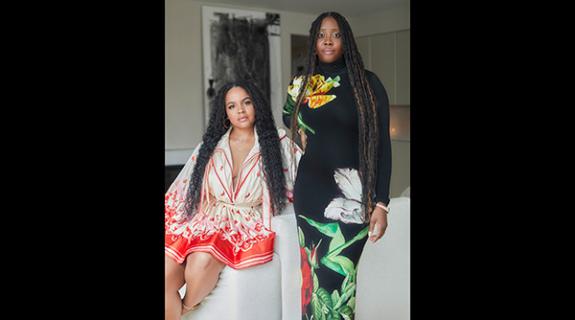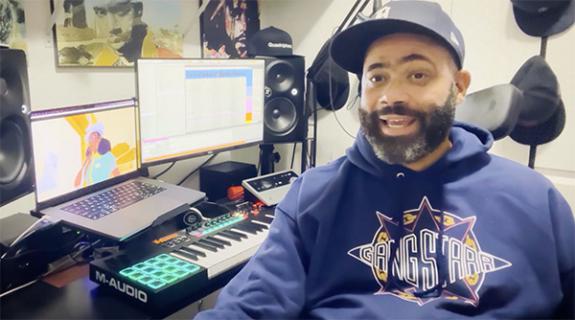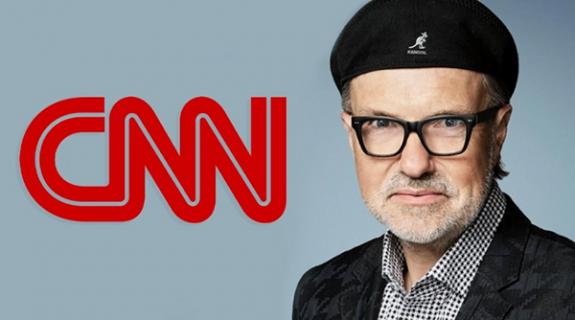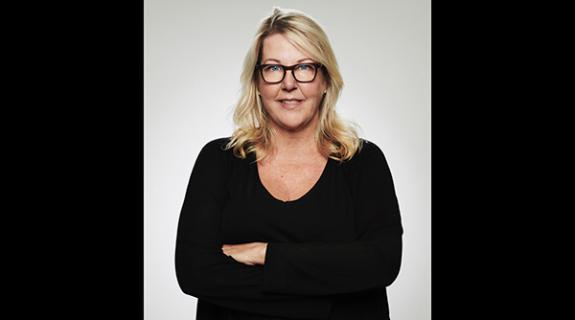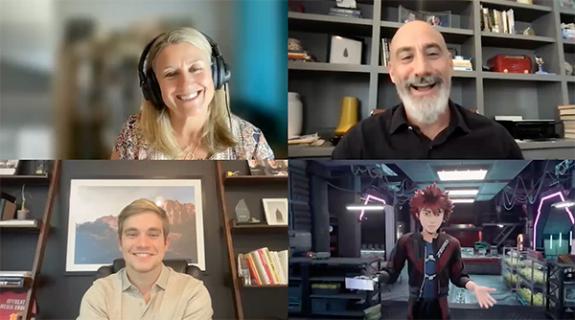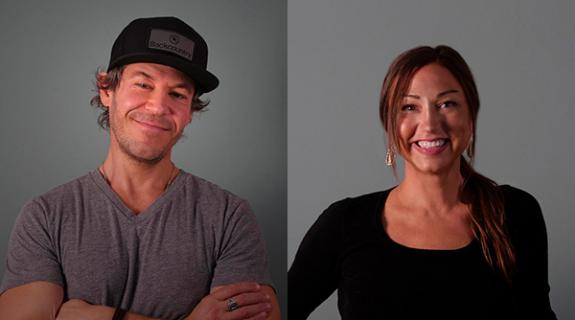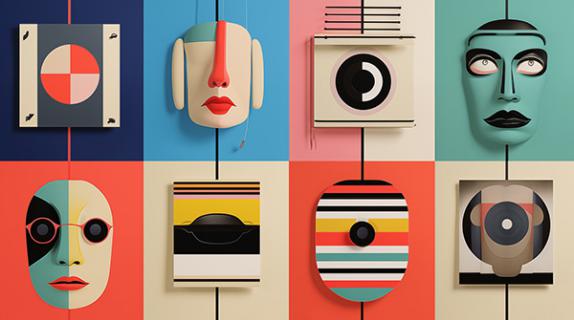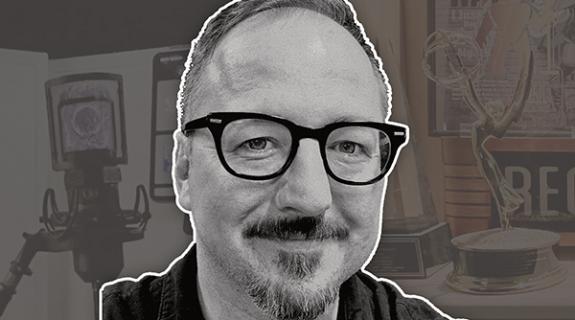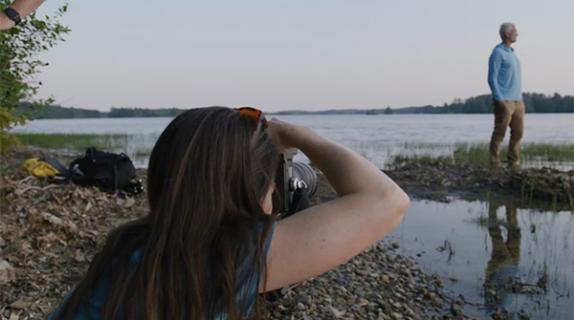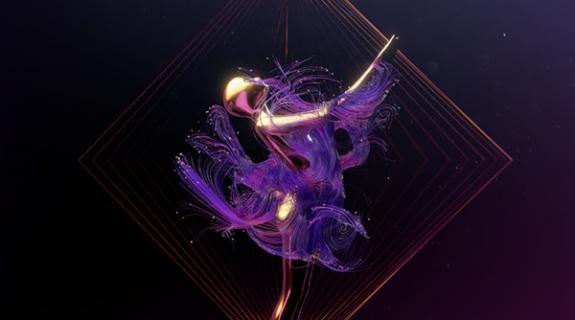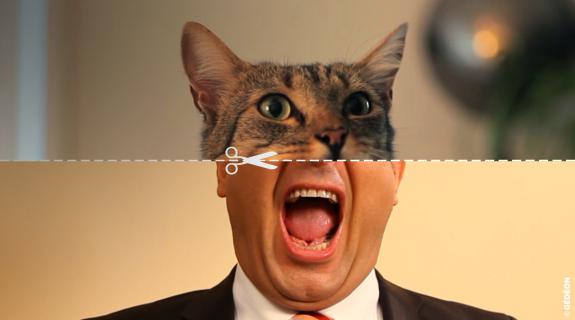Thirty-year-old Paris-based design agency, Gédéon, now works with some of the biggest media companies in Europe, TV giants Canal+ and France Télévisions, to name a few. So it’s hard to imagine that this is the same agency that launched from a tiny Paris apartment with a faux receptionist and kitchen conference room.
That was back in 1984, when, inspired by the multitude of American TV channels on a trip to New York, Gilles Galud decided he wanted to be on the front end of the coming French commercial TV boom. At that time, there were roughly three public channels available in French but his experience in America indicated that more would be arriving shortly. With that vision in his head, he recruited his friend and roommate, Pierre-François Decouflé, and thus Gédéon was born.
The first client meeting of Gédéon was held in Galud and Decoufléʼs Parisian apartment, where the two budding entrepreneurs called in a favor from a friend to play the role of their receptionist. The two entered the meeting from another conference room, aka the kitchen, chatting as they entered and acting as though they were just finishing up another important meeting. The play-acting worked, because at the real meeting’s end, the pair won their first client pitch and started their project with a budget of 1 million Francs.
With an origin story like that, it’s understandable that some of the agency’s ensuing projects were creative and unconventional, and that was key to Gédéon’s success. Since then, Gédéon has created a solid relationship with Canal+, created a Mexican TV channel in a matter of four weeks, and even set up an experiment in Montreal where the studio’s teams took turns living in the same house. After thirty years in this ever-changing business, the agency says their main priority is to rediscover its creative and entrepreneurial spirit, circa 1984.
For about the first 10 years of its existence, Gédéon served companies as an independent agency. In 1997, Canal+ became its content partner, turning to the studio as a new media laboratory of sorts. Canal+ and Gédéon worked together to dream up ideas for content and interactivity on the channel.
When Gédéon bought itself back in 2002, Producer Emmanuelle Lacaze and Creative Director Bernard Bréchet both became partners in the company.
“We had to save Gédéon, otherwise they would have shut it down,” said Bréchet. Until 2002, Gédéon had mostly served Canal+, but now it began using its newfound independence to work with clients around the world.
Some notable projects from Gédéon include channel redesigns, interactive projects and artistic direction for brands across the region. Canal+ has remained a loyal client, working with Gédéon on everything from news branding to show trailers. Two such projects, below, include last year’s season-seven trailer for Dexter and a project from the eyes of the bad guys for 24’s return:
“Projects such as Dexter and 24 trailers are really interesting and challenging for us because Olivier Schaack and his team from Canal Plus always leaves us a huge territory of freedom in conception and direction,” said Lacaze. “These kinds of projects allow us to work with talented directors and teams – they are like working on short movies.”
The Dexter spot is a play on the idea of “dexterity,” using a ballerina, barber and chef to embody the idea of serial-killer-with-a-mission Dexter’s perfectionism and nimble skill. The Canal+ spot, “Terrotristes,” below, promotes the return of 24 by changing perspectives, giving the villains a voice as they respond (tearfully) to Jack Bauer’s triumphant comeback.
Recently, Gédéon partnered with France Télévisions and its channel, France 4. Attempting to stay true to the interactive channel France 4 claimed to be, the network asked viewers to create and submit their own ad breaks. The idea took form as an app, using viewer submissions to create France 4 ad break mashups, also giving credit and shout outs to submitters on air.
“It’s all about the relationship between TV and other screens and the way people play with them,” said Bréchet. “We just pushed in this direction: Make France 4 living proof of a truly connected channel, aware of its audience’s wishes and habits. Therefore, the decision of creating an app dedicated to the making of ad breaks was obvious. As the concept was a rather simple and rough mashup, there was no point not asking the viewers themselves to create their own.”
As a small agency dealing with large media companies, Gédéon is able to build trust and strengthen relationships, but as the media world gets bigger, clients expect them to grow as well, making those relationships harder and harder to maintain.
“I think we always try to be very close to our clients,” said Lacaze. “The world and the business are very tough today and I think the relationship, the trust between a client and the agency is very important. For me, trust can make more than 50 percent of a good project.”
“In the ‘80s there was a lot of confidence, a lot of money. People could take risks at the time,” said Bréchet. “That’s what happened at Gédéon because they were dynamic, successful, proactive.”
“But now we have to take the risk, not the clients,” said Lacaze. “We have to show them they can trust us. Our clients want us to be very specialized, but I think people really just want us to do more things for the same money. My wish is to be more like the beginning of Gédéon.”
While that doesn’t quite mean going back to a small apartment with a kitchen for a meeting room, it does mean going back to the agency’s roots when it was a small, powerful, and focused studio able to maintain professional relationships by continually delivering innovative ideas.
“We try to adapt each answer, focused on what is expected in the brief,” said Bréchet. “That’s also a key point. A good brief is the best solution to have a good answer. Sometimes clients expect a rather average answer, so we try to do our best and surprise them.”
“I feel a change in the mood in our clients, and I think there are a lot of opportunities for us to do other things, to open the frontiers of broadcast design,” said Lacaze.
Lastly, Bréchet says a main focus is the meaning of design itself, adding that clients often think of on-air projects as a flat design and not an overall experience with a complete language and brand world. But thats how Gédéon sees it.
“Design is a complex notion that mixes meaning and style, said Bréchet. “That’s why it is sometimes so difficult to get a solution that is at the same time simple, living and clever. On-air design is so much more than that and ever tougher, because you have to think of an idea that has to work endlessly, because the elements will run over and over on the different screens.”
Tags:



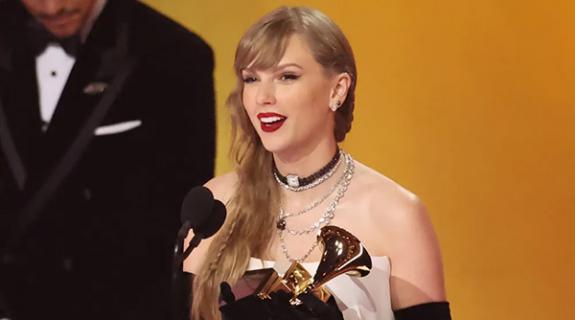
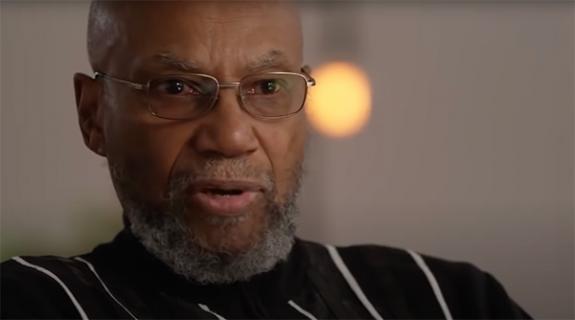
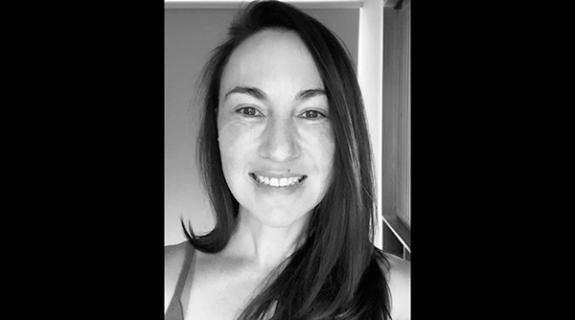
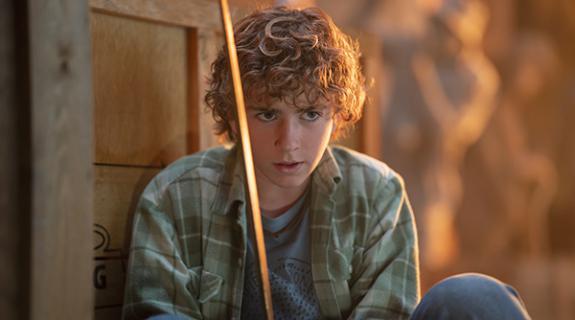
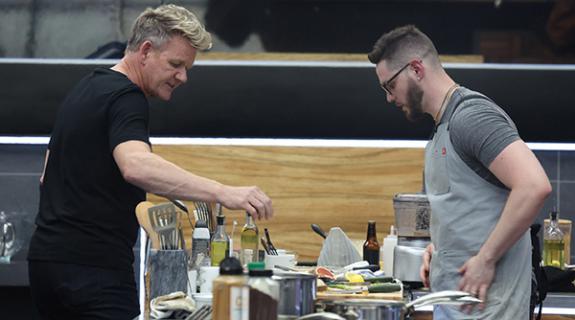
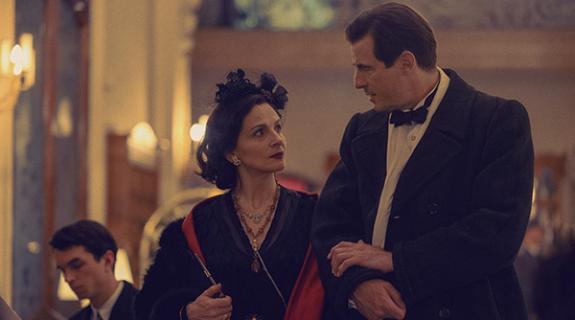
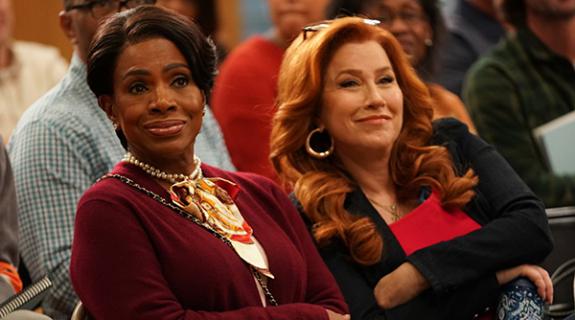
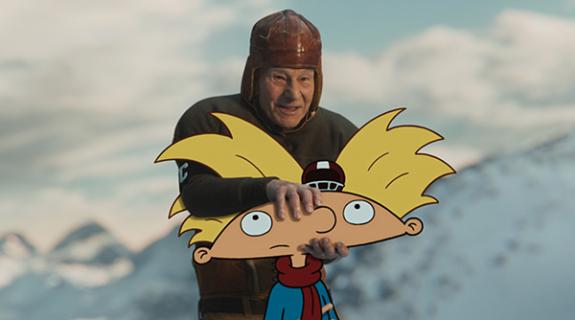
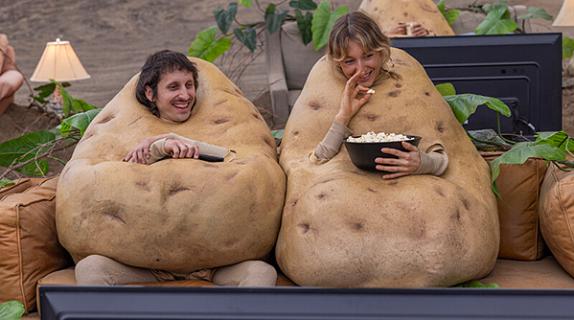
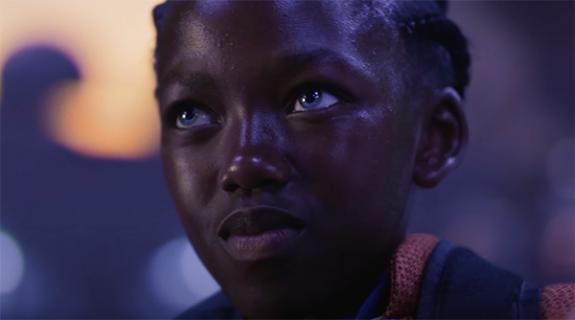
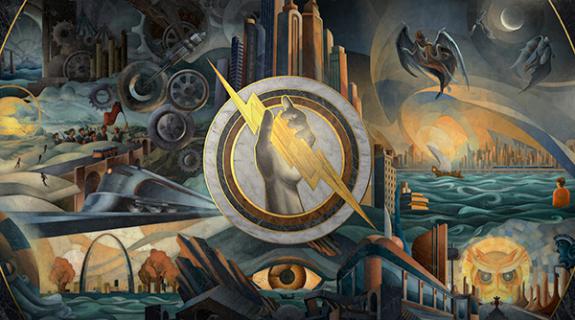
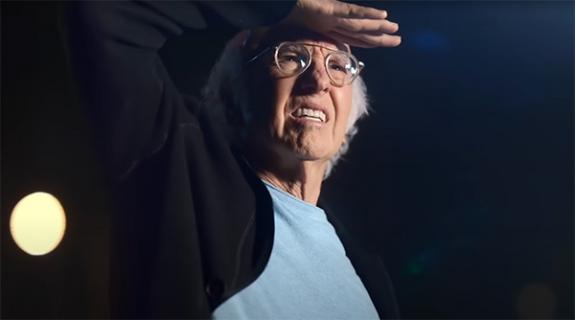
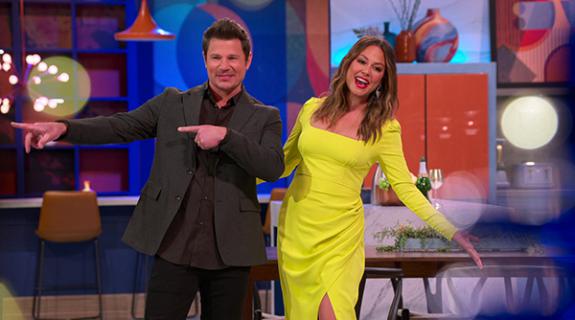
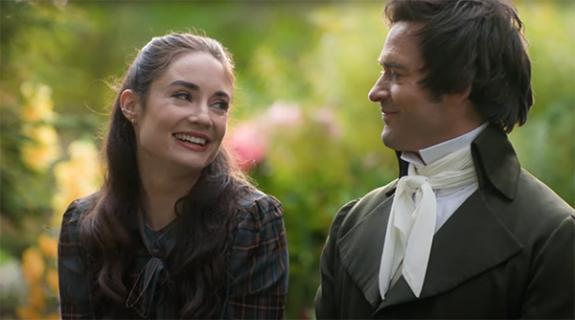
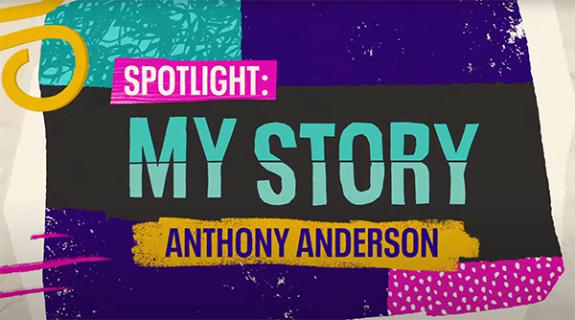
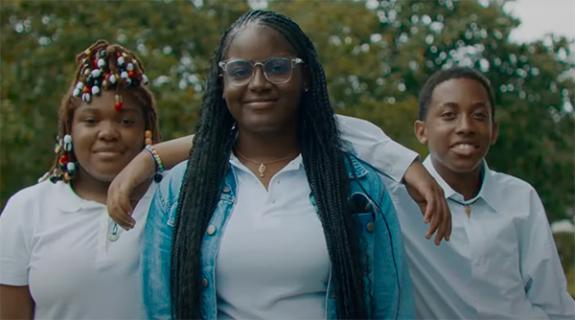
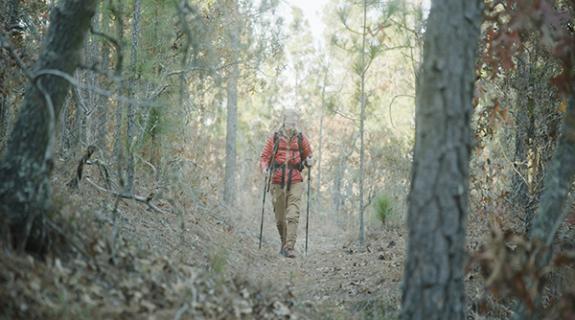
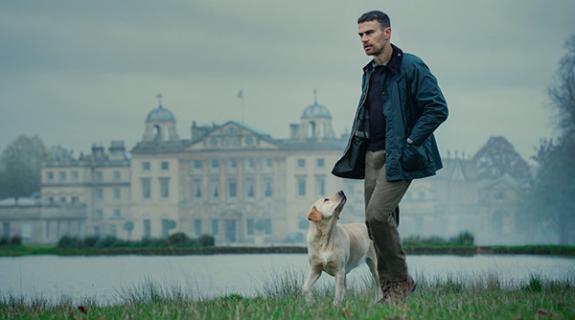
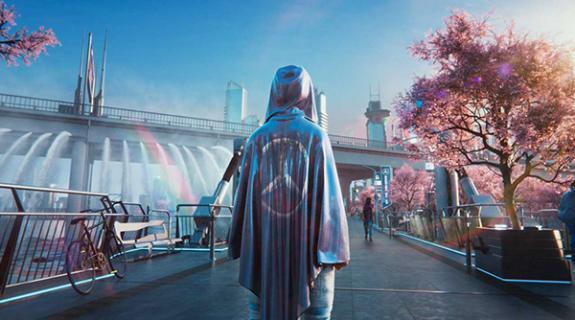
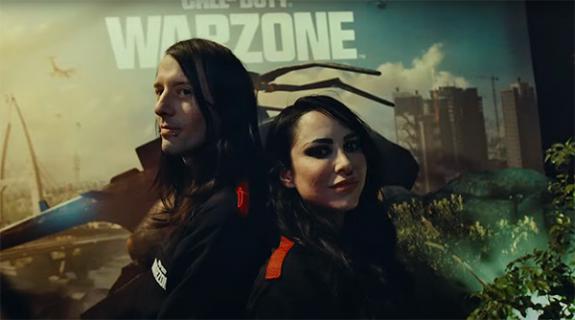
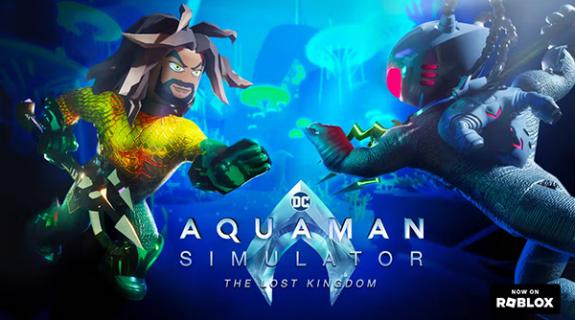
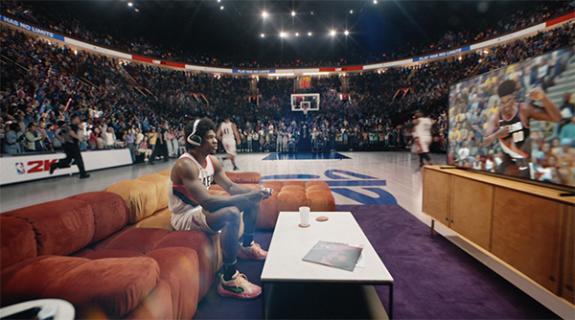
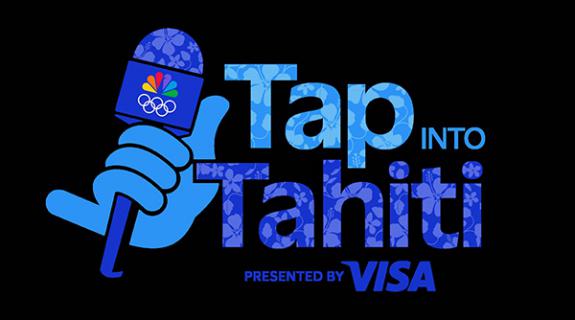
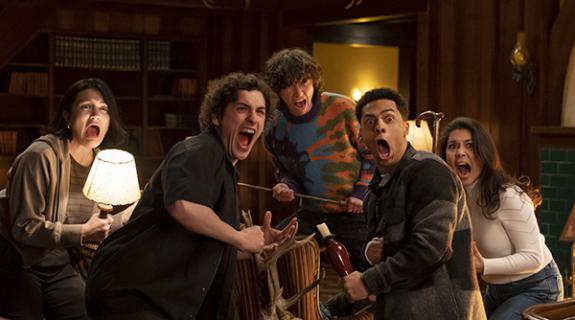
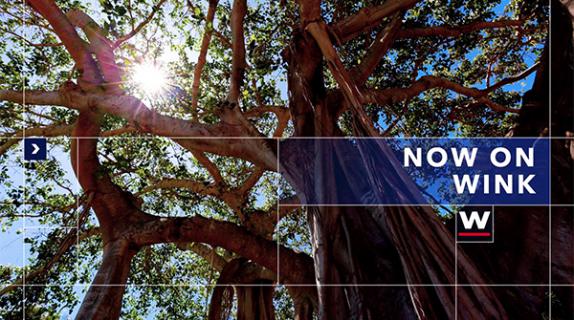
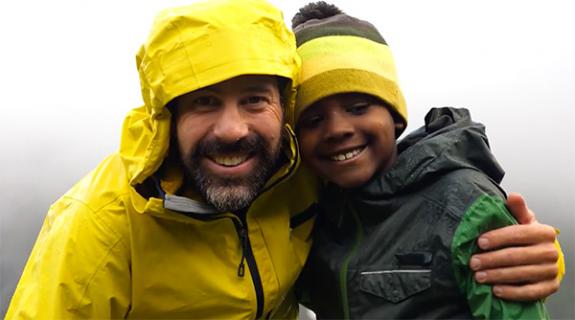
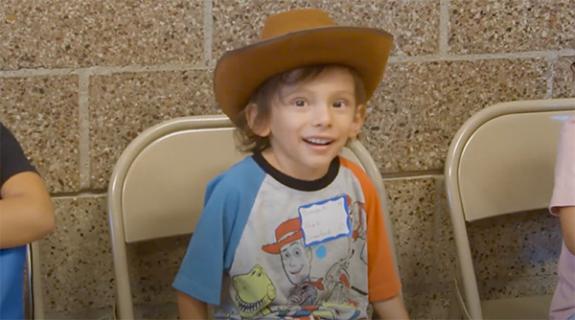

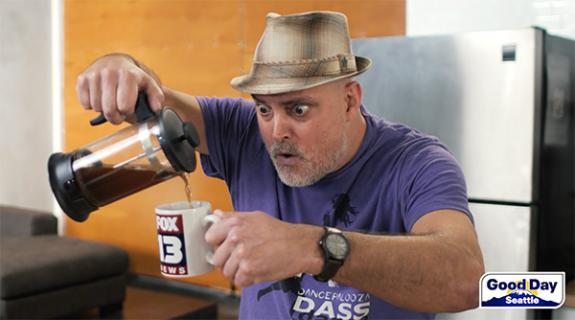
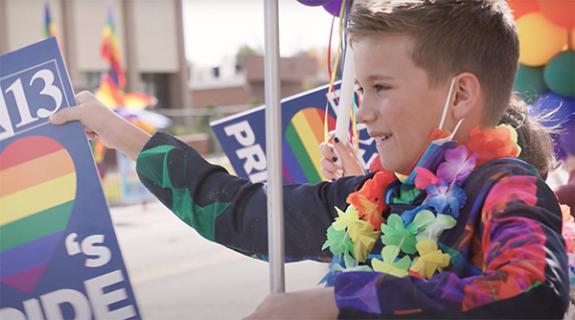

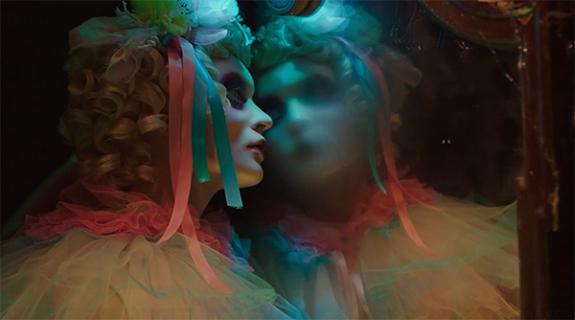
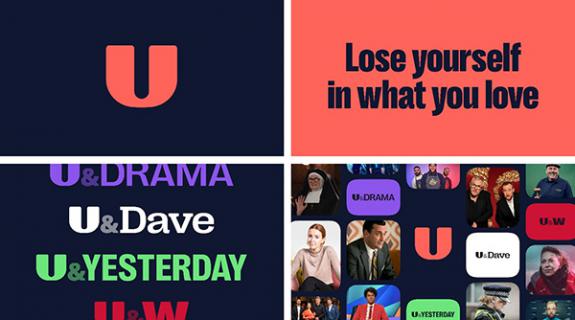
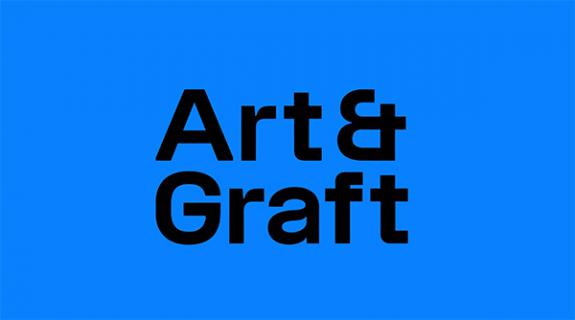
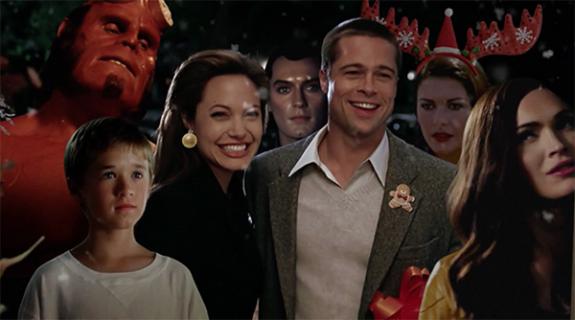
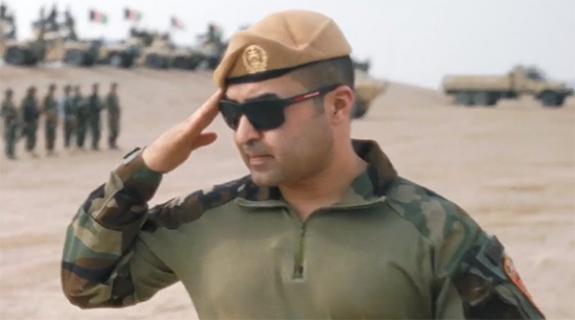

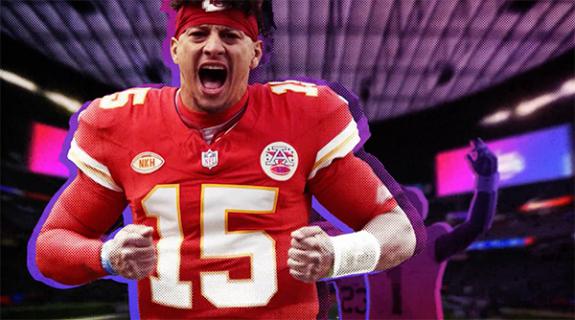
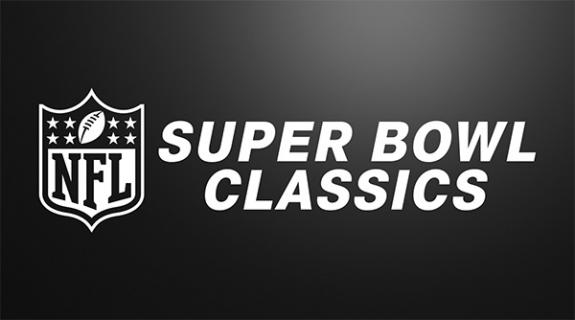
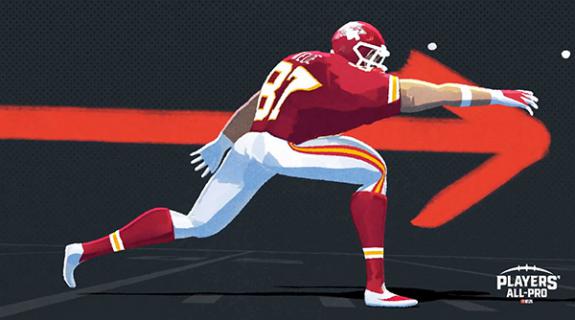
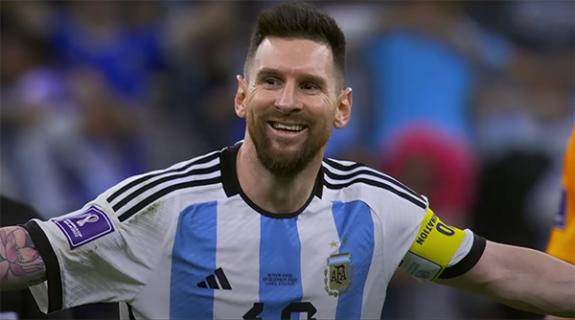
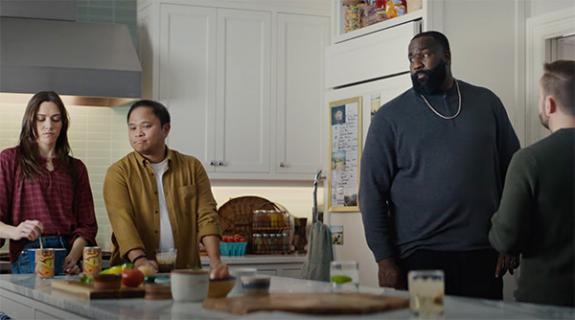
__twocolumncontent.jpg)
